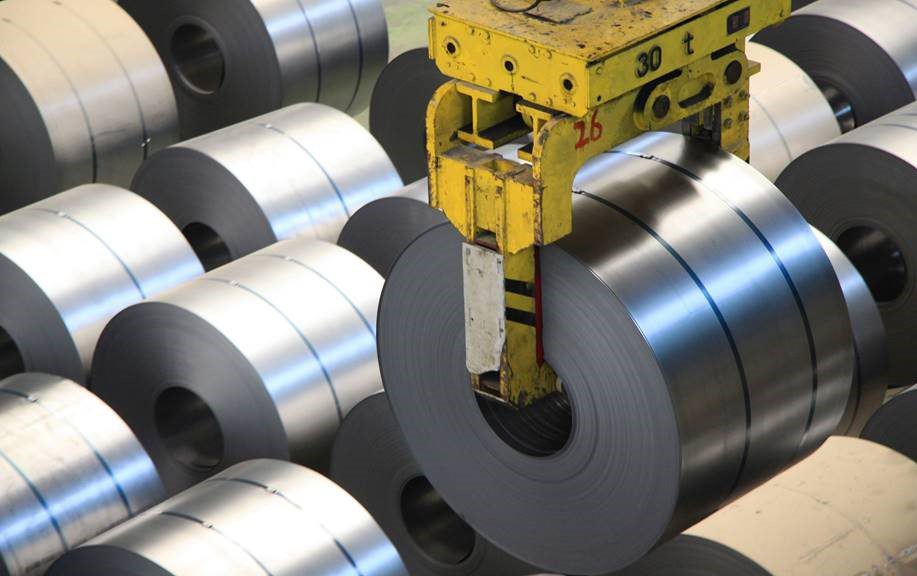Today, more than a year after the US slapped tariffs on imported steel, the industry is still in a state of malaise. Steel prices have fallen, stocks continue to go up and down on a regular basis, and there is no clear end in sight. And as always, manufacturers are under extreme pressure to improve production efficiencies regardless of the turbulence caused by this geopolitical struggle playing out in front of the whole world.
As a result, many producers have limited their discretionary capital spending unless the project promises a very fast ROI, leaving some opportunities on the table when it comes to long term business sustainability. One area that should not be left unexplored is the strategic necessity of continuing down the path of a Digital Transformation.
Companies who recognize the opportunity and take action now, even though the climate is not ideal, will give themselves a competitive advantage that will last long into the future, and those that don’t will risk falling behind. The question is, how to evaluate the current situation and strategically invest in the right projects?
One area where significant ROI can be achieved is in crane operations, which have a drastic impact on the entire steel manufacturing process, especially when you consider the age and lack of technology embedded in most systems operating today. Cranes are often more than 30 years of age and running with rudimentary technologies imbedded: hardwired relay logic, contactors and direct-on-line motors, and often with limited monitoring.
This makes for significant potential to improve efficiency, productivity and safety, as well as reduce product mishandling (resulting on product quality and damages) and downtime. These are issues that can be greatly enhanced through digitization, delivering an estimated increase in efficiency of between 50 to 60% simply by eliminating bottlenecks and issues in material handling.
One example Schneider was involved in recent years was the integration of an autonomous crane system for five cranes at one of the world’s largest steel producers. On day one of operations they enjoyed the immediate benefits of a rebalanced workforce since crane operators could be assigned to other parts of the plant where resources were needed. And then through improved ongoing crane operations of increased productivity, safety, and inventory management, they achieved a complete ROI in less than one year.
The system is based on simple rules and movement priorities. All instructions are undertaken respecting the safety areas configured in the system. Material handling is stored with optimal organization and the most efficient crane movements with no predefined automated cycle and without any unexpected interruption. The cranes are completely autonomous thanks to advanced algorithms at every level of the system (antisway, 3D dynamic trajectories, object detection, intelligent instrumentation…).
Connected in real time to an existing Enterprise Resource Planning, cranes not only move automatically, but they are fully integrated into the end to end production process through yard management and product orientation between multiple warehouses. The flow management of steelmaking products within the site is intended to speed up transfers, optimize itineraries, provide more fluidity and avoid overall saturation.
Can digitization be the answer to healthier steel production? Note sure it’s the only one, but IT/OT convergence in crane operations is a key ingredient for a successful Digital Transformation in the next step-up to productivity in the Steel industry.
Schneider Electric has a dedicated team of hoisting experts who can help you in your digital journey to reach the highest levels of efficiency in your operations. Learn more about us here on our dedicated solutions and capabilities page or contact me directly if you have any specific questions.





